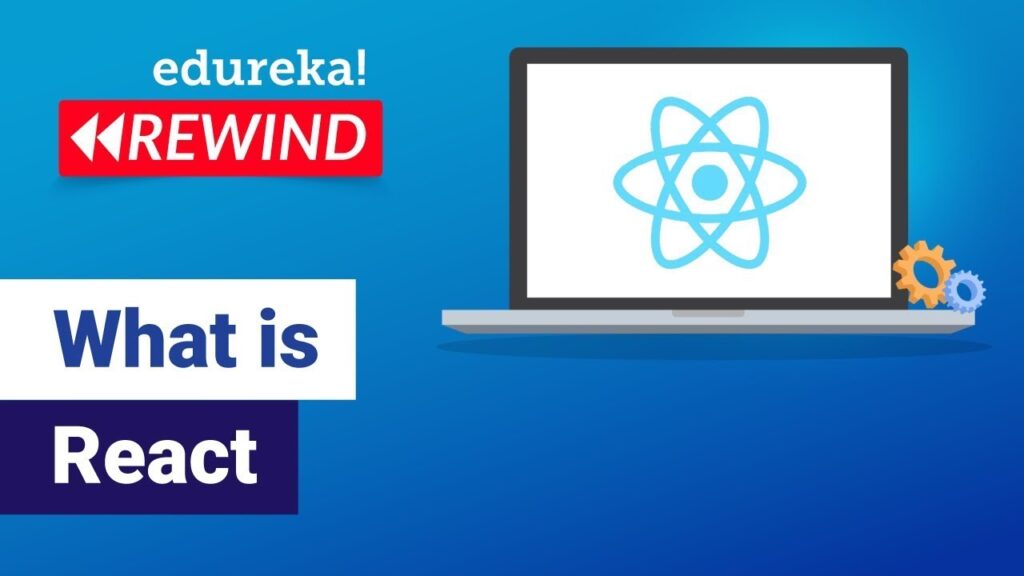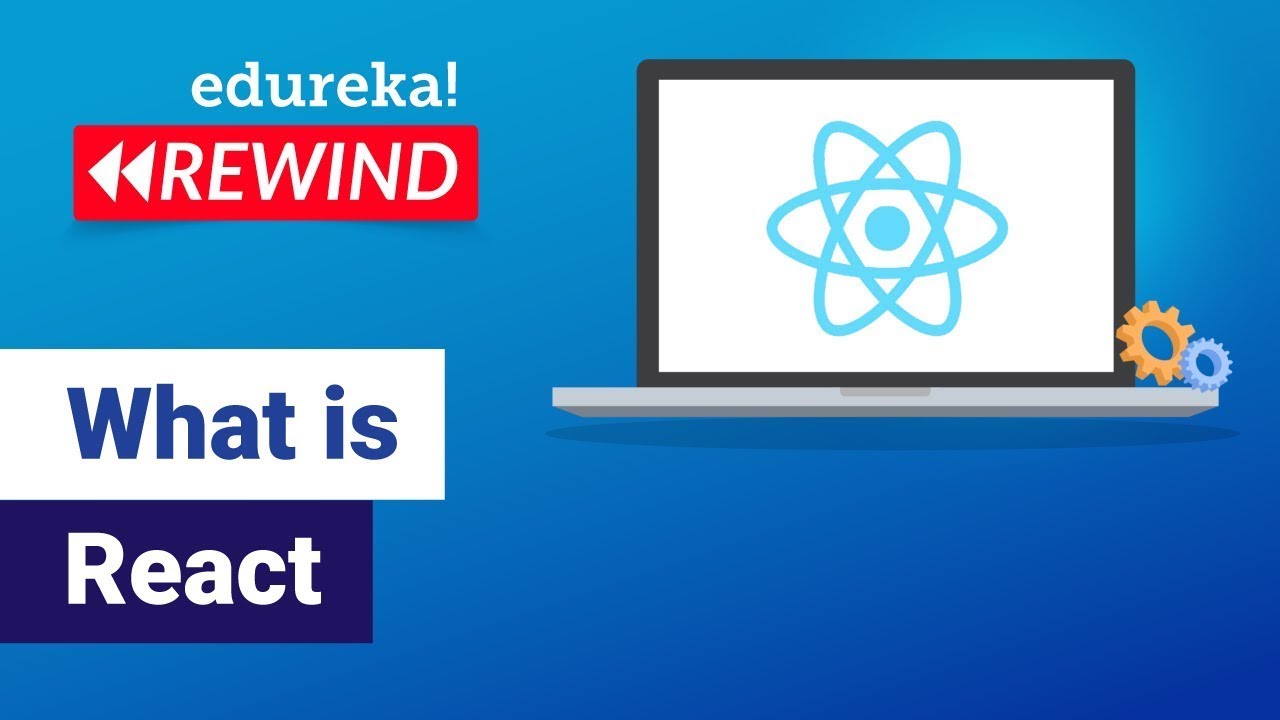
React to Porn: Understanding the Psychological and Physiological Effects
The proliferation of readily accessible pornography in the digital age has sparked considerable debate regarding its impact on individuals and society. Understanding how people react to porn, both psychologically and physiologically, is crucial for fostering informed discussions and promoting responsible consumption. This article aims to provide a comprehensive overview of the various reactions, drawing upon scientific research and expert opinions.
Psychological Reactions to Pornography
The psychological effects of reacting to porn are multifaceted and can vary significantly depending on individual factors such as age, personality, pre-existing mental health conditions, and the frequency and type of pornography consumed.
Positive Psychological Effects
Some research suggests that moderate pornography consumption can have positive psychological effects for certain individuals. These may include:
- Enhanced Sexual Exploration and Knowledge: Pornography can provide individuals with new ideas and perspectives on sexuality, potentially leading to increased sexual confidence and experimentation within consensual relationships.
- Stress Relief and Relaxation: For some, reacting to porn can serve as a temporary escape from stress and provide a sense of relaxation. The release of endorphins during sexual arousal can contribute to this effect.
- Improved Mood: The act of watching pornography can trigger the release of dopamine, a neurotransmitter associated with pleasure and reward, which can lead to a temporary improvement in mood.
Negative Psychological Effects
However, the potential negative psychological effects of reacting to porn are more widely discussed and researched. These may include:
- Unrealistic Expectations of Sex: Pornography often portrays unrealistic and idealized sexual encounters, which can lead to dissatisfaction with real-life sexual experiences and partners. This can manifest as performance anxiety, body image issues, and difficulty achieving orgasm during partnered sex.
- Relationship Problems: Excessive pornography consumption can contribute to relationship problems, particularly if one partner feels neglected or objectified. It can also lead to feelings of jealousy, insecurity, and betrayal.
- Addiction and Compulsive Behavior: Some individuals may develop an addiction to pornography, characterized by compulsive viewing, loss of control, and negative consequences in other areas of life, such as work, relationships, and finances. This addiction can be difficult to overcome and may require professional help.
- Desensitization: Frequent exposure to pornography can lead to desensitization, where individuals require increasingly extreme or unusual content to achieve the same level of arousal. This can lead to a pursuit of more violent or exploitative material.
- Anxiety and Depression: Studies have linked excessive pornography consumption to increased levels of anxiety and depression. This may be due to feelings of guilt, shame, or inadequacy associated with pornography use.
- Distorted Body Image: Pornography often features idealized and unrealistic body types, which can contribute to body image issues and feelings of inadequacy, particularly among young people.
Physiological Reactions to Pornography
The physiological reactions to reacting to porn are primarily driven by the body’s natural response to sexual arousal. These reactions are largely governed by the autonomic nervous system and involve a cascade of hormonal and neurological changes.
Hormonal Changes
During sexual arousal, the body releases several hormones, including:
- Dopamine: As mentioned earlier, dopamine is a neurotransmitter associated with pleasure and reward. Its release contributes to the feeling of euphoria and satisfaction associated with sexual activity.
- Oxytocin: Often referred to as the “love hormone,” oxytocin is released during orgasm and plays a role in bonding and attachment.
- Testosterone: Testosterone is a key hormone involved in sexual desire and function in both men and women. Its levels increase during sexual arousal.
- Prolactin: Prolactin is released after orgasm and contributes to feelings of relaxation and satiety.
Neurological Changes
The brain undergoes significant changes during sexual arousal, with increased activity in areas associated with reward, motivation, and emotion. These areas include:
- The Ventral Tegmental Area (VTA): The VTA is a key part of the brain’s reward system and plays a crucial role in dopamine release.
- The Nucleus Accumbens: The nucleus accumbens is another important part of the reward system and is involved in processing pleasure and motivation.
- The Amygdala: The amygdala is involved in processing emotions, including sexual arousal and fear.
- The Prefrontal Cortex: The prefrontal cortex is responsible for higher-level cognitive functions, such as decision-making and impulse control. Its activity may be reduced during sexual arousal, potentially leading to impulsive behavior.
Physical Changes
The physical changes associated with sexual arousal include:
- Increased Heart Rate and Blood Pressure: The body’s cardiovascular system responds to sexual arousal with an increase in heart rate and blood pressure.
- Increased Blood Flow to the Genitals: Blood flow to the genitals increases, leading to erection in men and vaginal lubrication in women.
- Muscle Tension: Muscle tension increases throughout the body, particularly in the pelvic region.
- Flushing: Some individuals may experience flushing of the skin, particularly on the face and neck.
- Pupil Dilation: The pupils of the eyes may dilate during sexual arousal.
Factors Influencing Reactions to Porn
Several factors can influence how an individual reacts to porn. These include:
- Age: Younger individuals may be more susceptible to the negative effects of pornography due to their developing brains and greater vulnerability to social influence.
- Personality: Individuals with certain personality traits, such as impulsivity or low self-esteem, may be more likely to develop problems with pornography.
- Mental Health: Individuals with pre-existing mental health conditions, such as anxiety or depression, may be more vulnerable to the negative effects of pornography.
- Relationship Status: Individuals in unsatisfying relationships may be more likely to turn to pornography as a substitute for intimacy.
- Frequency and Type of Pornography Consumed: The frequency and type of pornography consumed can also influence its effects. More frequent consumption and exposure to more extreme or violent content are associated with greater risks.
- Cultural and Religious Beliefs: Cultural and religious beliefs can also play a role in how individuals perceive and react to porn. Some individuals may experience guilt or shame associated with pornography use due to their beliefs.
Responsible Pornography Consumption
For individuals who choose to consume pornography, it is important to do so responsibly. This includes:
- Setting Limits: Establishing clear limits on the frequency and duration of pornography consumption.
- Choosing Content Wisely: Selecting content that is ethical, consensual, and does not promote harmful stereotypes or unrealistic expectations.
- Maintaining Healthy Relationships: Prioritizing real-life relationships and intimacy over pornography.
- Seeking Help When Needed: Recognizing the signs of pornography addiction and seeking professional help if necessary.
- Practicing Self-Care: Engaging in activities that promote overall well-being, such as exercise, mindfulness, and spending time with loved ones.
Conclusion
The ways people react to porn are diverse and complex. While moderate consumption may have some positive effects for certain individuals, it is important to be aware of the potential negative psychological and physiological consequences. By understanding these effects and practicing responsible consumption, individuals can make informed choices about their relationship with pornography. Further research is needed to fully understand the long-term effects of pornography consumption and to develop effective strategies for preventing and treating pornography addiction. [See also: The Impact of Pornography on Relationships] [See also: Pornography Addiction: Symptoms and Treatment] [See also: The Ethics of Pornography]

